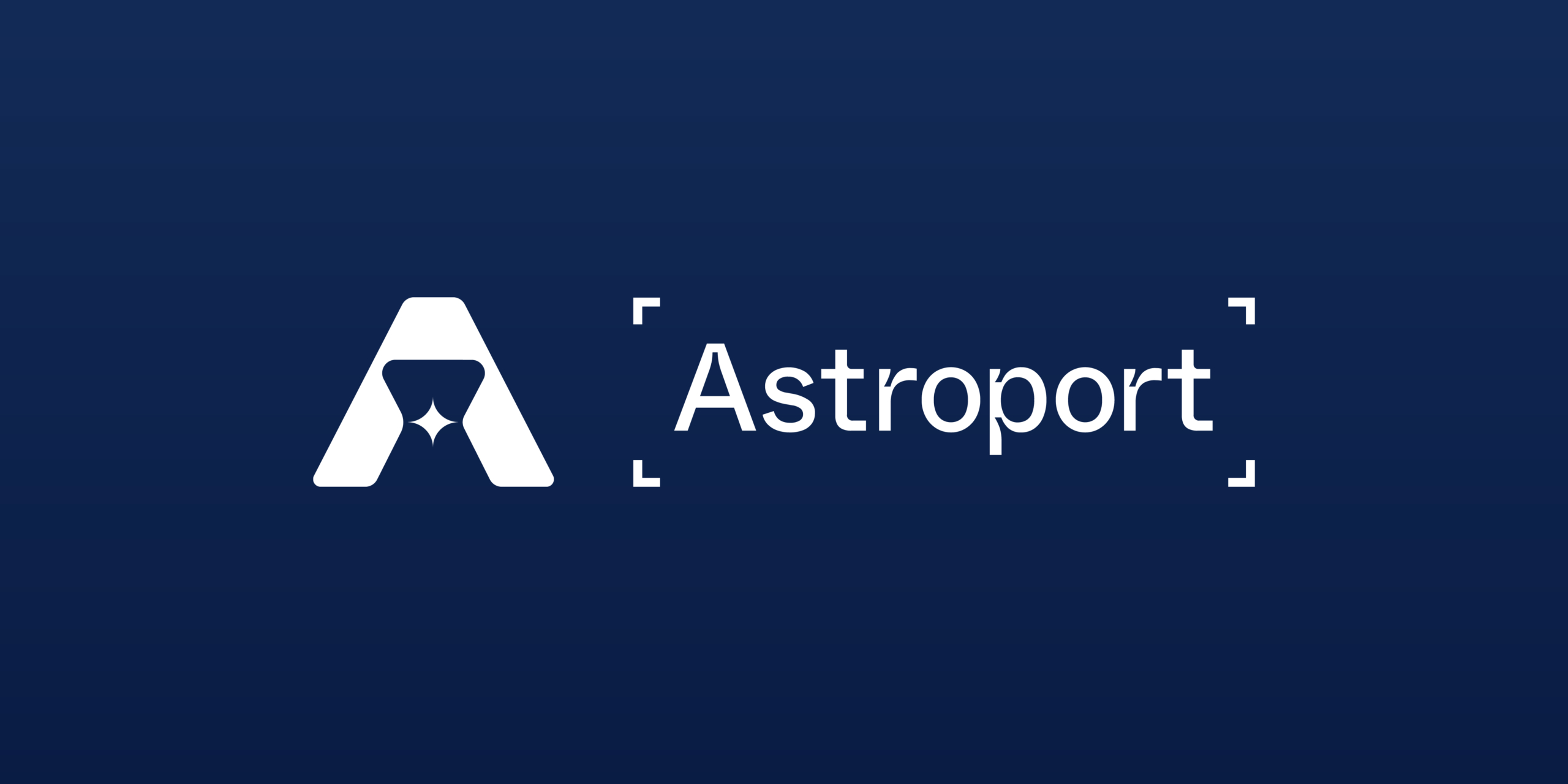Introduction
Astroport stands as a pioneering initiative within the decentralized finance (DeFi) cosmos, aptly named the central space station of the DeFi solar system. It offers a neutral marketplace for travelers from across the galaxy to exchange assets in a decentralized, non-custodial environment. This platform is designed to facilitate liquidity and price discovery for any crypto asset, marking a significant milestone in the evolution of DeFi services.
Innovation
Astroport introduces a novel approach to asset exchange within the DeFi ecosystem, providing liquidity providers (LPs) with the flexibility to select from various pool types within a unified and efficient Automated Market Maker (AMM) system. The platform’s dual token rewards system incentivizes liquidity provision, setting a new standard for AMM platforms. Astroport’s ambition to become the leading next-generation AMM within the Cosmos ecosystem, characterized by deep liquidity pools and substantial trading volumes, reflects its innovative vision.
Astroport Architecture
The architecture of Astroport is notably flexible, accommodating the creation of new pool types that integrate smoothly with the core protocol. This adaptability is highlighted through its support for multiple AMM pool types, including:
Astro Pools: These pools leverage passive concentrated liquidity, allowing LPs to engage in concentrated liquidity pools without the need to manage price ranges actively. The inclusion of a ‘Price Oracle’ ensures accurate tracking of pair prices, enhancing stability and efficiency.
Astro Generators: Addressing the challenge of varied rewards and fees across different platforms, Astroport employs proxy-based smart contracts for “dual farming,” enabling LPs to earn both ASTRO tokens and other governance tokens concurrently.
Code Quality
Astroport is built on CosmWasm smart contracts, ensuring a high degree of security, flexibility, and upgradability. The governance structure, facilitated by the Astral Assembly, empowers xASTRO holders to make crucial decisions regarding the platform’s future, including smart contract updates and treasury disbursements. This governance model, coupled with the platform‘s commitment to being a user-governed DeFi commons, underscores the quality and sustainability of Astroport’s codebase.
Product Roadmap
Astroport’s roadmap is ambitiously geared towards establishing itself as the fundamental liquidity layer of the Cosmos ecosystem. With plans to expand pool types, enhance liquidity provision incentives, and further decentralize governance, Astroport is poised for significant growth and innovation.
Usability
The platform has been designed with usability at its core, ensuring that both novice and experienced DeFi users can navigate and utilize its services efficiently. The intuitive interface, combined with the provision of detailed documentation and community support, makes Astroport accessible to a broad audience within the DeFi community.
Team
Astroport is developed and maintained by a team of seasoned professionals and DeFi enthusiasts who bring a wealth of knowledge and experience to the platform. The team’s dedication to innovation and community governance is evident in every aspect of Astroport’s development and operational strategy.
Conclusion
Astroport represents a significant leap forward in the evolution of DeFi services, offering an innovative, flexible, and user-centric platform for asset exchange. With its visionary roadmap, robust architecture, and community-driven governance model, Astroport is well-positioned to achieve its goal of becoming the leading AMM platform within the Cosmos ecosystem. As a digital commons, Astroport not only facilitates efficient asset exchange but also embodies the principles of decentralization and community ownership that are fundamental to the DeFi movement.
| Initial Screening | |||
| Keep researching | |||
| Does this project need to use blockchain technology? | Yes | ||
| Can this project be realized? | Yes | ||
| Is there a viable use case for this project? | Yes | ||
| Is the project protected from commonly known attacks? | Yes | ||
| Are there no careless errors in the whitepaper? | Yes | ||
| Project Technology Score | |||
| Description | Scorecard | ||
| Innovation (Out Of 11) | 9 | ||
| How have similar projects performed? | Good | 2 | |
| Are there too many innovations? | Regular | 2 | |
| Percentage of crypto users that will use the project? | 6% – 10% | 3 | |
| Is the project unique? | Yes | 2 | |
| Architecture (Out of 12) | 11 | ||
| Overall feeling after reading whitepaper? | Good | 2 | |
| Resistance to possible attacks? | Good | 2 | |
| Complexity of the architecture? | Not Too Complex | 2 | |
| Time taken to understand the architecture? | 20 – 50 min | 1 | |
| Overall feeling about the architecture after deeper research? | Good | 4 | |
| Has the project been hacked ? | No | 0 | |
| Code Quality (out of 15) | 15 | ||
| Is the project open source? | Yes | 2 | |
| Does the project use good code like C,C++, Rust, Erlang, Ruby, etc? | Yes | 2 | |
| Could the project use better programming languages? | No | 0 | |
| Github number of lines? | More than 10K | 1 | |
| Github commits per month? | More than 10 | 2 | |
| What is the quality of the code? | Good | 2 | |
| How well is the code commented? | Outstanding | 2 | |
| Overall quality of the test coverage? | Outstanding | 2 | |
| Overall quality of the maintainability index? | Outstanding | 2 | |
| When Mainnet (out of 5) | 5 | ||
| When does the mainnet come out? | Mainnet Ready | 5 | |
| Usability for Infrastructure Projects (out of 5) | 5 | ||
| Is it easy to use for the end customer? | Yes | 5 | |
| Team (out of 7) | 4 | ||
| Number of active developers? | Less than 3 | 0 | |
| Developers average Git Background? | Intermediate | 1 | |
| Developers coding style? | Solid | 3 | |
| Total Score (out of 55) | 49 | ||
| Percentage Score | |||
| Innovation | 16.36% | ||
| Architecture | 20.00% | ||
| Code Quality | 27.27% | ||
| Mainnet | 9.09% | ||
| Usability | 9.09% | ||
| Team | 7.27% | ||
| Total | 89.09% |





